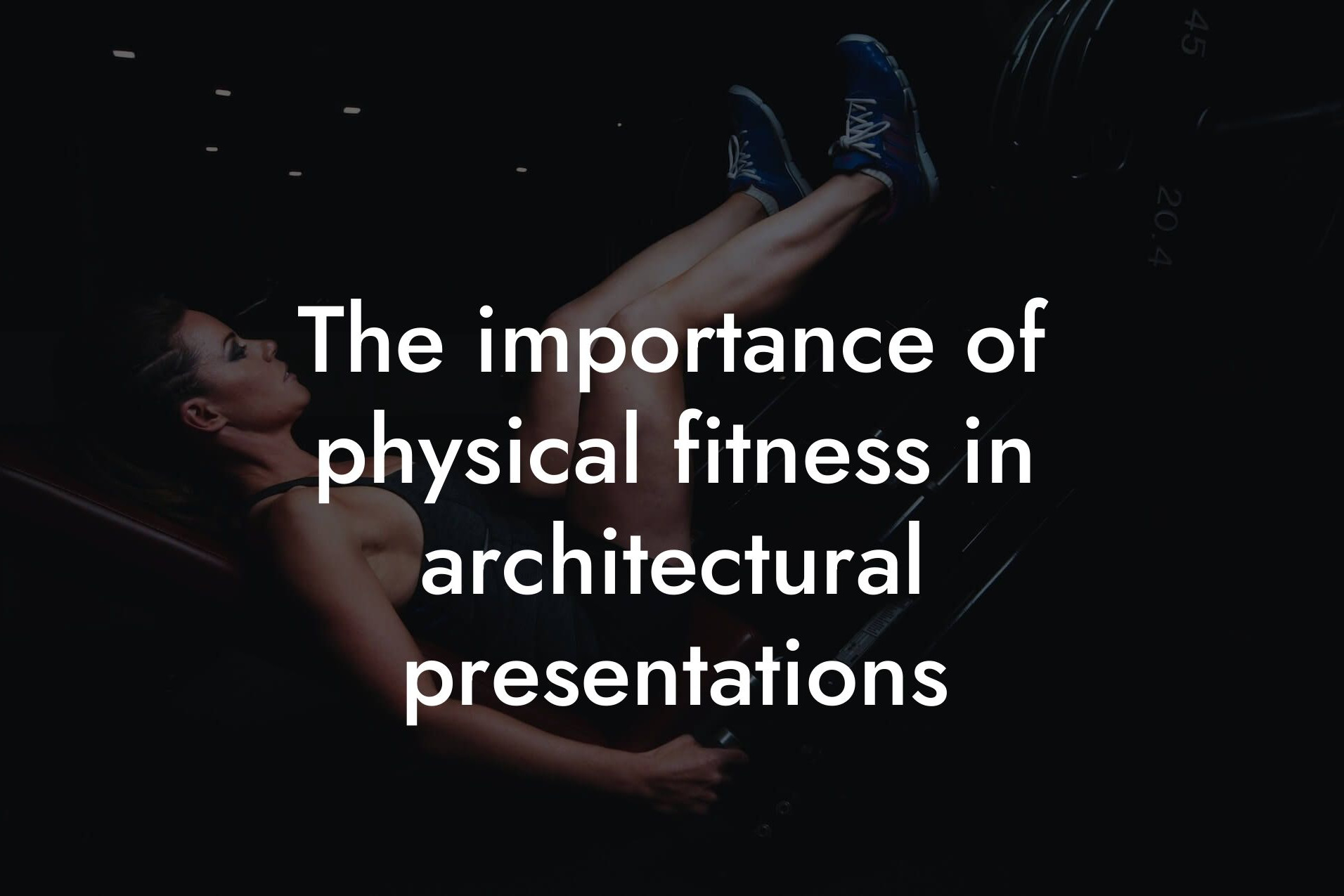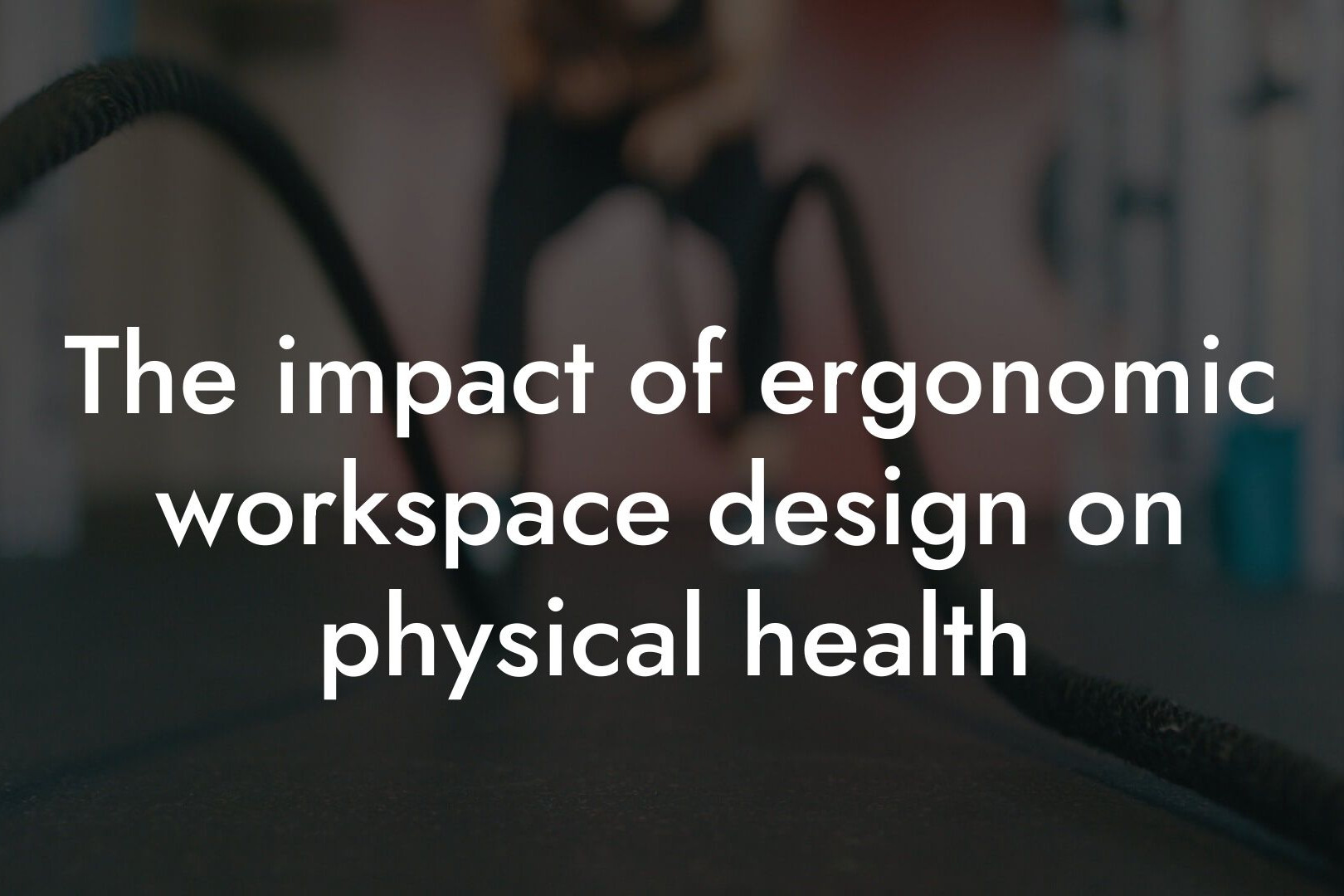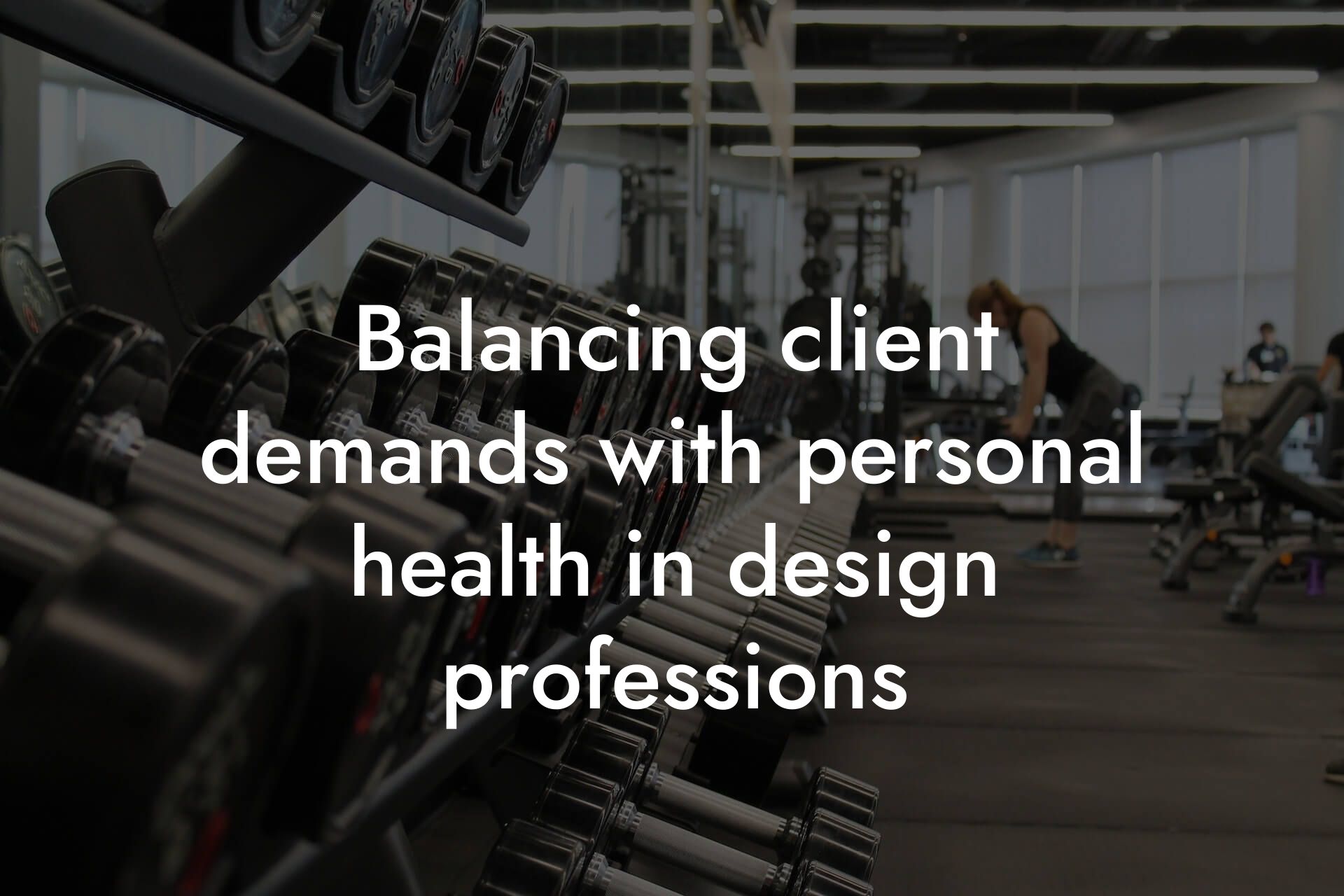As an architect or designer, you understand the importance of precision and attention to detail in your work. From designing functional and aesthetically pleasing spaces to ensuring the structural integrity of buildings, every aspect of your profession requires a high level of expertise and dedication. However, have you ever stopped to think about the impact of your physical health on your professional performance? As a high-earning professional, you know that taking care of your body is essential to maintaining your edge in the competitive world of architecture and design. This is where DEXA scans come in – a game-changing technology that can help you optimize your physical health and take your career to the next level.
Table of Contents
What is a DEXA Scan?
A DEXA (Dual-Energy X-ray Absorptiometry) scan is a non-invasive, pain-free medical imaging test that measures bone density, body composition, and fat distribution. Using low-level X-rays, a DEXA scan provides a comprehensive picture of your body's internal structure, allowing you to identify areas for improvement and track changes over time. In the context of architecture and design, a DEXA scan can help you understand how your physical health is impacting your performance and make data-driven decisions to optimize your well-being.
How DEXA Scans Can Benefit Architects and Designers
As an architect or designer, you likely spend long hours sitting at a desk, working on complex projects, and collaborating with clients. This sedentary lifestyle can take a toll on your physical health, leading to issues such as back pain, fatigue, and decreased productivity. A DEXA scan can help you identify these issues early on, allowing you to make targeted changes to your lifestyle and improve your overall health. By understanding your body composition, bone density, and fat distribution, you can:
- Optimize your nutrition and exercise routine to improve energy levels and reduce fatigue
- Identify areas of muscle imbalance and develop targeted exercises to improve posture and reduce back pain
- Monitor changes in body fat percentage and make adjustments to maintain a healthy weight
- Develop a personalized wellness plan tailored to your specific needs and goals
Understanding Body Composition Analysis
One of the key benefits of a DEXA scan is its ability to provide a detailed analysis of your body composition. By measuring the percentage of lean mass, fat mass, and bone density, a DEXA scan can help you understand how your body is composed and identify areas for improvement. For architects and designers, this information can be particularly valuable, as it can help you:
- Identify areas of muscle imbalance and develop targeted exercises to improve posture and reduce back pain
- Monitor changes in body fat percentage and make adjustments to maintain a healthy weight
- Develop a personalized nutrition plan tailored to your specific needs and goals
The Importance of Bone Density Analysis
Bone density analysis is another critical aspect of a DEXA scan. By measuring the density of your bones, a DEXA scan can help identify early signs of osteoporosis, a condition characterized by brittle and fragile bones. As an architect or designer, you may be at risk of developing osteoporosis due to a sedentary lifestyle and inadequate calcium intake. A DEXA scan can help you:
- Identify early signs of osteoporosis and take preventative measures to maintain strong bones
- Monitor changes in bone density over time and adjust your nutrition and exercise routine accordingly
- Develop a personalized plan to improve bone health and reduce the risk of fractures
How DEXA Scans Can Improve Productivity and Performance
As an architect or designer, you know that your physical health has a direct impact on your productivity and performance. When you're feeling tired, sluggish, or in pain, it's difficult to focus and deliver your best work. A DEXA scan can help you identify areas for improvement and make targeted changes to optimize your physical health. By doing so, you can:
- Improve your energy levels and reduce fatigue
- Enhance your cognitive function and focus
- Increase your productivity and deliver high-quality work
- Reduce the risk of injury and illness, allowing you to work at your best
What to Expect from a DEXA Scan
Getting a DEXA scan is a quick and easy process that typically takes around 10-15 minutes. During the scan, you'll lie on a comfortable table, and a technician will position the DEXA machine to capture images of your body. The machine will then use low-level X-rays to measure your bone density, body composition, and fat distribution. After the scan, a trained professional will analyze the results and provide you with a comprehensive report outlining your body composition, bone density, and areas for improvement.
In conclusion, DEXA scans offer a powerful tool for architects and designers looking to optimize their physical health and take their career to the next level. By providing a comprehensive picture of your body composition, bone density, and fat distribution, a DEXA scan can help you identify areas for improvement, develop targeted wellness plans, and improve your overall health. As a high-earning professional, you owe it to yourself to invest in your physical health and unlock your full potential. Contact Tano Performance Group today to schedule your DEXA scan and take the first step towards a healthier, more productive you.
Frequently Asked Questions
What is a DEXA scan, and how does it work?
A DEXA (Dual-Energy X-ray Absorptiometry) scan is a non-invasive medical test that uses X-rays to measure bone density and body composition. It works by emitting two X-ray beams with different energy levels, which are absorbed by the body in varying degrees. The scan then calculates the difference in absorption to provide accurate measurements of bone density, lean mass, and fat mass.
What are the benefits of DEXA scans for architects and designers?
DEXA scans can benefit architects and designers by providing valuable insights into their body composition and bone density. This information can help them optimize their physical performance, improve their overall health, and enhance their mental well-being, ultimately leading to increased productivity and creativity in their work.
How accurate are DEXA scans?
DEXA scans are highly accurate, with a margin of error of around 1-2%. This is because they use advanced technology to measure bone density and body composition, providing precise and reliable results.
What can I expect during a DEXA scan?
During a DEXA scan, you will lie on an examination table, and the scanner will move slowly over your body. The entire process typically takes around 10-15 minutes, and you will not feel any discomfort or pain.
Are DEXA scans safe?
Yes, DEXA scans are completely safe and non-invasive. They use a low-level X-ray beam, which is much safer than traditional X-rays. The radiation exposure from a DEXA scan is equivalent to a few days of natural background radiation.
How often should I get a DEXA scan?
The frequency of DEXA scans depends on individual circumstances. If you're monitoring changes in body composition or bone density, you may want to get scanned every 6-12 months. However, if you're simply looking for a baseline measurement, a single scan may be sufficient.
What is the difference between DEXA scans and other body composition measurements?
DEXA scans are more accurate and comprehensive than other body composition measurements, such as bioelectrical impedance analysis (BIA) or skinfold measurements. DEXA scans provide precise measurements of bone density, lean mass, and fat mass, whereas other methods may only estimate these values.
Can DEXA scans help me lose weight or gain muscle?
Yes, DEXA scans can help you achieve your weight loss or muscle gain goals by providing valuable insights into your body composition. By tracking changes in lean mass and fat mass, you can adjust your diet and exercise routine to optimize your results.
How do DEXA scans measure bone density?
DEXA scans measure bone density by calculating the absorption of X-ray beams by the bones. The resulting measurements are then compared to a standardized database to determine bone density scores, such as T-scores and Z-scores.
What is a T-score, and what does it mean?
A T-score is a measurement of bone density that compares your results to those of a healthy 30-year-old adult of the same sex. A T-score of -1 to -2.5 indicates osteopenia (low bone density), while a T-score of -2.5 or lower indicates osteoporosis (very low bone density).
What is a Z-score, and what does it mean?
A Z-score is a measurement of bone density that compares your results to those of people of the same age, sex, and ethnicity. A Z-score of 0 indicates that your bone density is average for your demographic, while a Z-score above or below 0 indicates higher or lower bone density, respectively.
Can DEXA scans detect osteoporosis?
Yes, DEXA scans are commonly used to diagnose osteoporosis by measuring bone density. They can also help identify individuals who are at risk of developing osteoporosis.
How can architects and designers use DEXA scans to improve their health?
Architects and designers can use DEXA scans to identify areas for improvement in their health, such as low bone density or high body fat percentage. They can then work with a healthcare professional to develop a personalized plan to address these issues and improve their overall health.
Can DEXA scans help with injury prevention?
Yes, DEXA scans can help with injury prevention by identifying areas of low bone density or muscle imbalances. This information can be used to develop targeted exercise programs to strengthen weak areas and reduce the risk of injury.
How do DEXA scans compare to other medical tests?
DEXA scans are more accurate and comprehensive than other medical tests, such as blood tests or physical examinations, for measuring bone density and body composition. They provide a detailed picture of overall health and can help identify potential health risks.
Are DEXA scans covered by insurance?
Insurance coverage for DEXA scans varies depending on the provider and the individual's circumstances. However, many insurance plans cover DEXA scans for certain medical conditions, such as osteoporosis or bone fractures.
How can I prepare for a DEXA scan?
To prepare for a DEXA scan, avoid eating or drinking for at least 2 hours before the scan, and wear loose, comfortable clothing without metal fasteners or embellishments. You should also inform your healthcare provider of any medications or supplements you're taking.
What happens after the DEXA scan?
After the DEXA scan, a healthcare professional will review the results with you and provide recommendations for improving your health. You may also receive a detailed report outlining your bone density and body composition measurements.
Can DEXA scans be used for athletes or individuals with muscular builds?
Yes, DEXA scans can be used for athletes or individuals with muscular builds to provide accurate measurements of lean mass and body fat percentage. This information can be used to optimize training and nutrition programs.
How do DEXA scans account for muscle mass?
DEXA scans use advanced algorithms to distinguish between lean mass (muscle) and fat mass. This ensures that muscle mass is accurately measured and accounted for in the results.
Can DEXA scans be used for individuals with metal implants or pacemakers?
In general, DEXA scans are not recommended for individuals with metal implants or pacemakers, as the X-ray beams may interfere with these devices. However, it's essential to consult with a healthcare professional to determine the best course of action.
Are DEXA scans available at all medical facilities?
DEXA scans are widely available at hospitals, clinics, and medical facilities that offer bone density testing. However, it's essential to check with your healthcare provider or local facilities to confirm availability.
How can I find a qualified healthcare professional to administer a DEXA scan?
You can find a qualified healthcare professional to administer a DEXA scan by asking your primary care physician for a referral or searching online for certified DEXA scan providers in your area.
What are the limitations of DEXA scans?
While DEXA scans are highly accurate, they do have some limitations. For example, they may not be suitable for individuals with metal implants or pacemakers, and they may not provide detailed information on muscle composition or function.
Here are some related articles you might love...
- The importance of physical fitness in architectural presentations
- The impact of ergonomic workspace design on physical health
- Balancing client demands with personal health in design professions
- How to avoid burnout through physical activity in architecture
- Fitness strategies for balancing design work and physical health
- Nutrition for maintaining creativity and energy in design work
- The connection between body composition and creative output
- How architects can stay fit during long design sessions
- How to stay active during the design and build phases
Zak Faulkner
Zak Faulkner is a leading authority in the realm of physical health and body composition analysis, with over 15 years of experience helping professionals optimise their fitness and well-being. As one the experts behind Tano Performance Group, Zak has dedicated his career to providing in-depth, science-backed insights that empower clients to elevate their physical performance and overall health.
With extensive knowledge of DEXA technology, Zak specializes in delivering comprehensive body assessments that offer precise data on body fat, muscle mass, bone density, and overall physique. His expertise enables individuals to make informed decisions and achieve their fitness goals with accuracy and confidence. Zak’s approach is rooted in a deep understanding of human physiology, combined with a passion for helping clients unlock their full potential through personalised strategies.
Over the years, Zak has earned a reputation for his commitment to excellence, precision, and client-focused service. His guidance is trusted by top professionals who demand the best when it comes to their health. Whether advising on fitness programs, nutritional strategies, or long-term wellness plans, Zak Faulkner’s insights are a valuable resource for anyone serious about taking their health and fitness to the next level.
At Tano Performance Group, Zak continues to lead our Content Team revolutionising how professionals approach their physical health, offering unparalleled expertise that drives real results.




